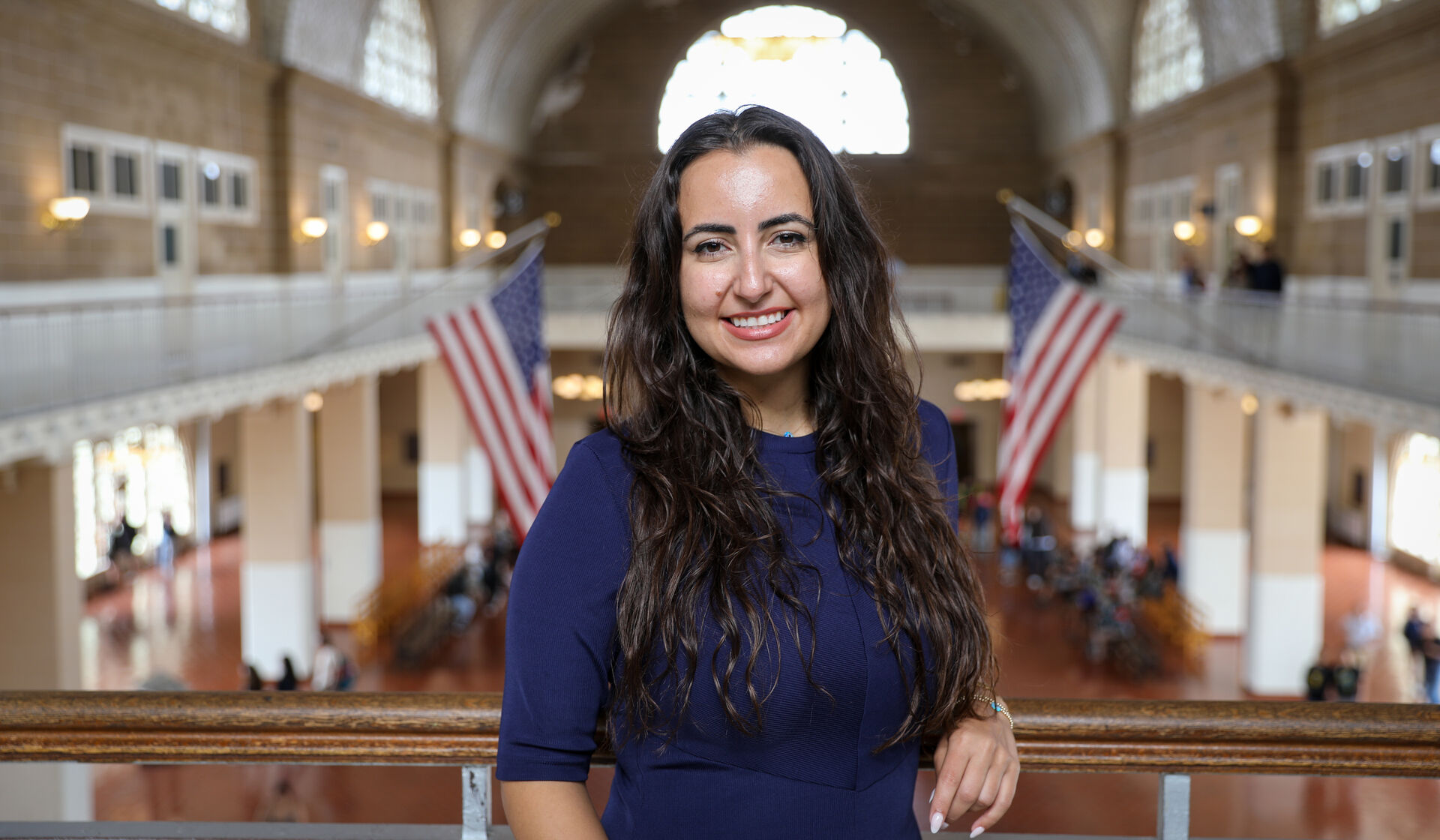Dr. Patrick Carter is an associate professor at the U-M School of Medicine and School of Public Health, and co-director of the U-M Institute for Firearm Injury Prevention. The institute was launched last year as part of a $10 million University commitment to generate new knowledge and advance innovative solutions to reduce firearm injuries and deaths while respecting the rights of law-abiding citizens to legally own firearms.
Earlier this year, an analysis by your team showed that firearm deaths have now become the leading cause of death for children and adolescents in the U.S. What are the factors driving this trend?
My colleagues and I at the U-M Institute for Firearm Injury Prevention analyzed the updated data released by the CDC earlier this year and through that analysis, we found that firearm fatalities in the United States have increased to their highest absolute number ever, over 45,000 deaths throughout the country. This is an almost 14 percent increase over the rates observed in the prior year. This increase is largely the result of an increase in the number of firearm homicides, where we observed a 33.4 percent increase in the firearm-homicide rate from 2019 to 2020. Although the reasons behind this increase are not exactly known, we do know that firearm homicides disproportionately affect youth populations in the United States. The increasing mortality rate also reflects a longer-term trend and shows that we continue to fail to protect our youth from a leading preventable cause of death. The data clearly shows that there is much work to be done to address this critical public health problem.
What can be done to help reduce firearm violence among youth? And what role does participation in organized events or teams have in reducing gun violence among youth?
The pathway to addressing youth firearm injury is multifaceted and requires a multi-disciplinary, evidence-based approach. Continuing to expand the pipeline for researchers in this space — and the funding opportunities for that research to be conducted — is imperative. As you noted, our team, led by a new faculty member at the institute, Dr. Dan Lee, recently conducted an analysis to examine what association, if any, participation in organized activities had on youth exposed to firearm violence. We found that positive socializing and social ties to prosocial adults and peers may help youth regulate their emotional responses to violence exposure and help them seek support from prosocial adults. By engaging with communities, we were able to analyze data that indicates that social, psychological, and developmental benefits — such as academic engagement, mentorship, prosocial behaviors, and others — may serve as a vital strategy for preventing firearm aggression among youth and should be a part of prevention efforts. This is clearly one aspect of the type of prevention-based work that needs to be completed to reduce firearm violence outcomes among high-risk youth.
Following the tragedy in Uvalde, Texas, Congress passed a bipartisan law aimed at reducing gun violence. Do you think the overall package will reduce gun violence? Are there specific strategies within the law that will likely be more effective than others?
Addressing the issue of firearm injury prevention requires rigorous research and is multifaceted. This legislation is a step in that direction — and we are encouraged that policymakers are considering evidence-based strategies in the process of determining effective firearm injury prevention measures. While there is no single strategy that will address the crisis as a whole, the legislation offers additional funding and support for those seeking updated prevention measures and continuing research in this space. We are hopeful that the momentum carried with this legislation will only increase the opportunity for more scientific study of firearm injury prevention.
Are there potential strategies left out of the law that would be more effective at reducing gun violence?
As I noted above, while this legislation is a step in the right direction — given the multifaceted nature of this public health problem — it will not be solved with a single piece of legislation. We need effective strategies applicable to firearm injury prevention across the spectrum of different types of injury as well as within multiple different domains — from developing effective programs that involve communities impacted by this problem to policies that can be effective in reducing injury-related outcomes. As this field of research continues to grow, additional strategies will be developed, tested, and implemented. The institute will hopefully be at the forefront of continuing to generate new knowledge to help advance these innovative solutions.
What topics are you and your team currently studying regarding reducing gun violence among youth?
Most recently, institute faculty member Dr. Hsing-Fang Hsieh led a team of researchers to study anonymous reporting systems in schools. Their findings, published in the Journal of School Violence, found having such systems available to students can increase student connectedness and reduce school violence. Results also indicate students are more likely to report warning signs of potentially threatening behavior if an anonymous reporting system is available to them. This is just one example of how the Institute’s faculty continue to lead the nation in the field of firearm injury prevention.





